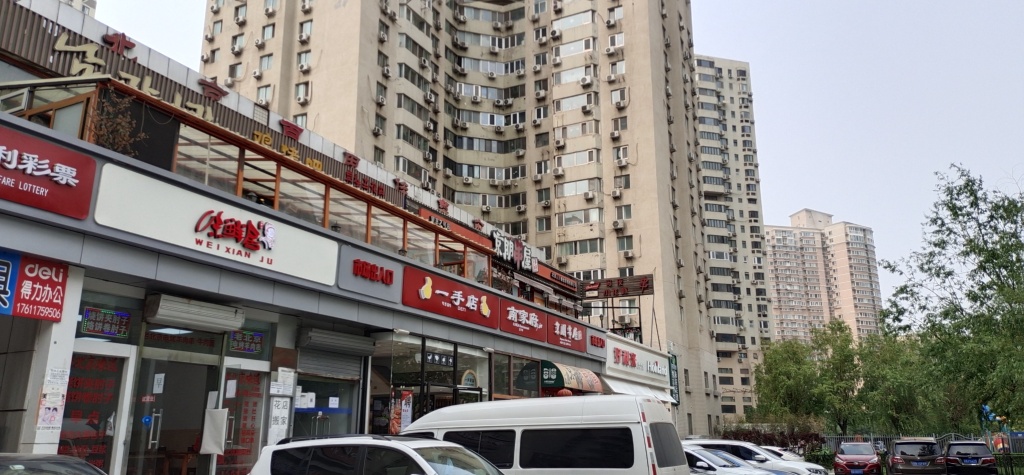
Wangjing
– the Korean Neighborhood in Beijing
Project in Details
Interview Script Selections
Why did you choose to settle down in Wangjing? L: My ch…
Online Spaces Vs. Offline Spaces
One major differences between Wangjing and other neighb…
Digital Diaspora
During COVID-19, many Koreans in Wangjing cannot go bac…
Background Information:
Wangjing (望京) is the most densely-populated Korean oversea neighborhood in China. Wangjing located in the northeast of Beijing, with a permanent resident population around 300,000. Since the Asia financial crisis in 1997, many Koreans came to Beijing to seek for better employment and payment. Wangjing specifically attracts foreigners like Koreans due to its cheap rent and geographical location which is close to the Beijing Capital International Airport. Later, Korean global enterprises like Korean Air, LG, and POSCO had all selected Wangjing as the neighborhood to settle down their oversea employees. Besides Korean enterprises, global companies like Alibaba, Mercedes-Benz, Hewlett-Packard, and many newly-developed media and technology companies opened their offices in Wangjing.

Research Questions:
I focused my study on smartphone usage of South Koreans living in Wangjing during COVID-19. My research questions include how would them engage with the smartphone differently from Chinese in this neighborhood. How is the affordance of the same smartphone app can be interpreted or utilized differently across cultures? What are some challenges for foreigners to live in Beijing under the policy of firewall and the digital conspiracy?
According to the interviews with informants, participant observation on Wechat group chat, and observation on public online forum, I noticed that digital devices and online platforms together provide this neighborhood an augmented reality. The living experience in Wangjing would not be complete without either offline experience or online experience. Digital works like protheses to enhance one’s experience of the environment, instead of separating one from the reality to cyber space. In addition, South Koreans live in Wangjing interpret the affordances of app differently from Chinese.

Research Methods:
I conducted several online video interviews with my informants via Chinese communicative app WeChat. At the same time, I conducted participant observation in a group chat of 28 people, and did an observation on a public online forum with 21,382 members (up to 25/04/2021). After interpreting the ethnographic data from the interview scripts and fieldnotes, I noticed how people would experience the neighborhood differently when they have access to the digital devices. Therefore, I took photos and video shots (unfortunately are not able to be posted on the free version of WordPress ) to illustrate how might digital devices and platforms impact people’s daily life routines.
My informants are three South Koreans, two Chinese women who marries South Korean men, and one Korean minority of China (Chaoxianzu 朝鲜族). All of them are married females in their 30s and 40s and are currently living in Wangjing. All of them have been living in Beijing for more than five years, and therefore know this neighborhood really well.